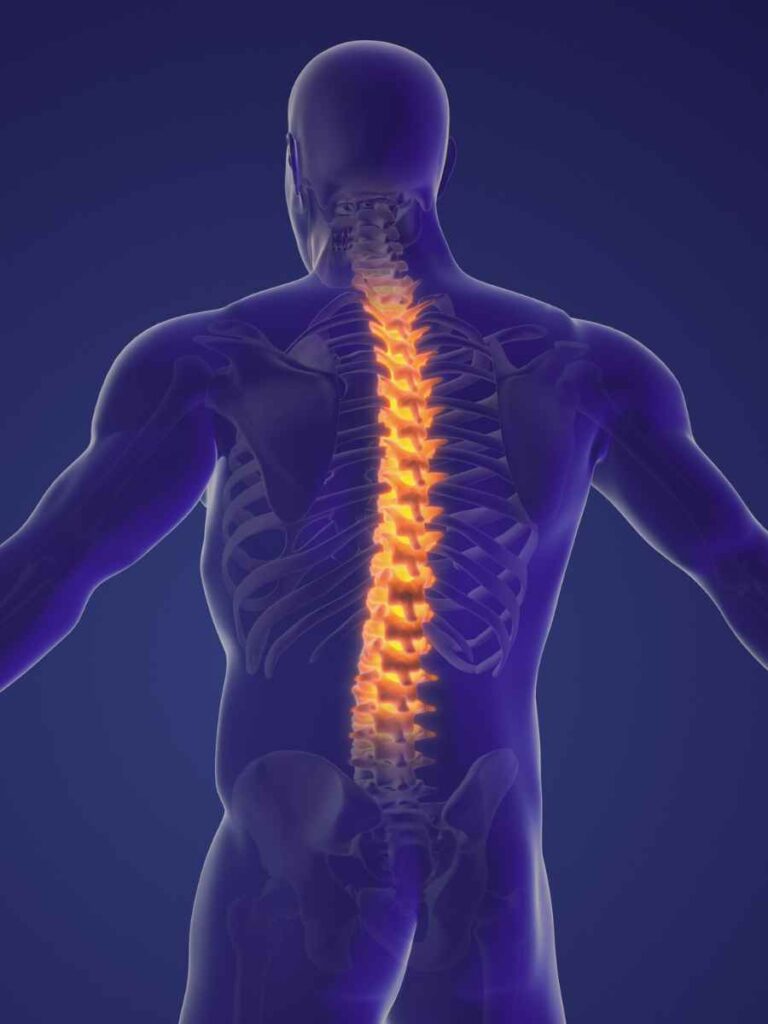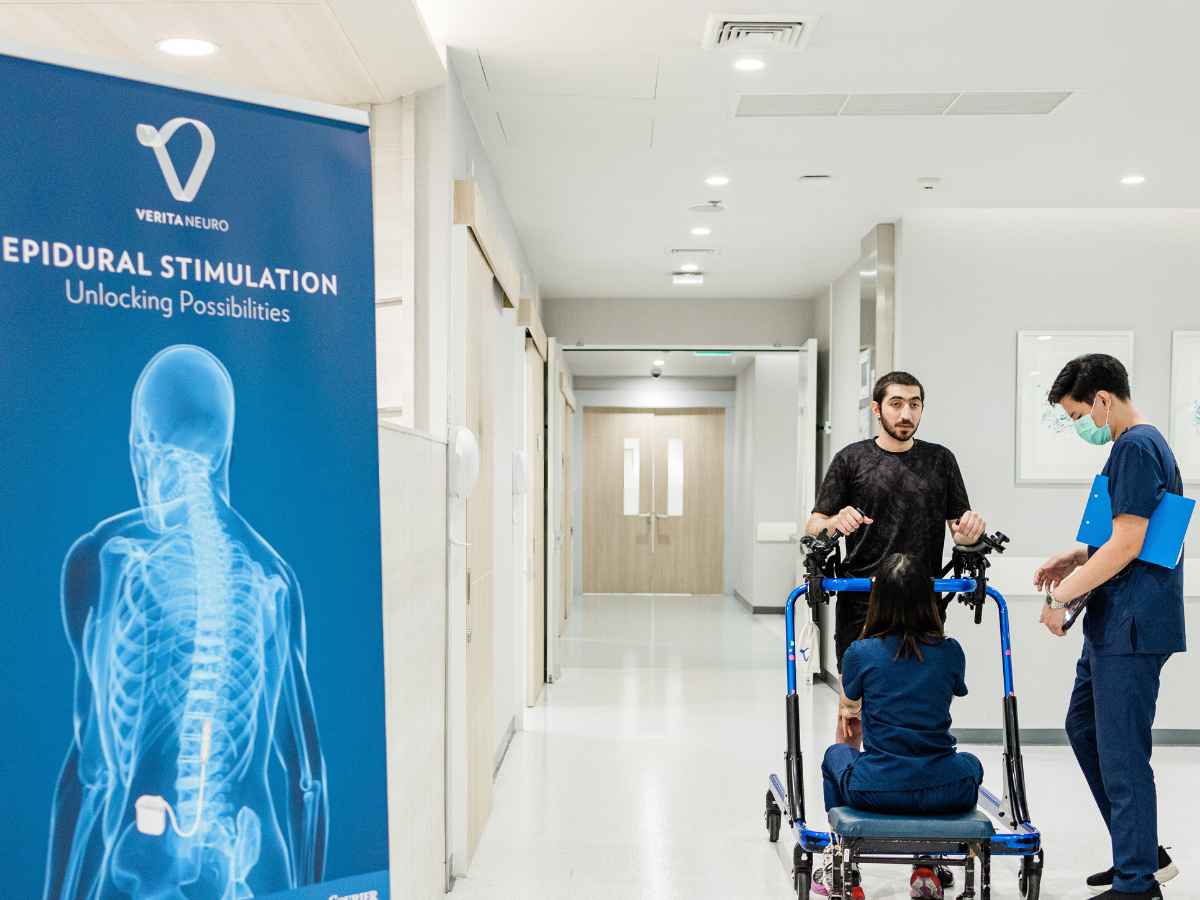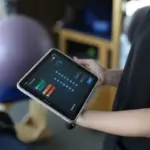Spinal cord injuries (SCI) are debilitating medical conditions with significant physical, psychological, and socio-economic consequences. Severe traumatic or non-traumatic impact to the spinal cord results in significant disruption of the communication between the brain and the body. As a result, patients can lose movement, sensation, bowel, bladder and sexual functions, as well as autonomic functions. This results in severe physical limitations and causes significant morbidity in those patients with long-term complications such as osteoporosis and fractures, urinary tract infections, bedsores, vascular and cardiopulmonary complications. The impact extends beyond the patients themselves, also affecting family members and loved ones.
Treatments for spinal cord injury should, therefore, take all those factors into consideration. Approaches which address only a single component of the injury may not lead to improvements in the patient’s quality of life. It is important to take a comprehensive approach, which aims to not only manage the symptoms but also has a more long-term vision of restoring motor, sensory and autonomic functions. This can be achieved by a combination of restorative therapies, regenerative treatments and long-term rehabilitation.
At Verita Neuro we offer a comprehensive approach, aimed at restoring functions and improving the quality of life in SCI patients. This includes a combination of epidural spinal cord stimulation, stem cell treatment and a long-term rehabilitation plan. This is how the different components of the treatment work.
Epidural Spinal Cord Stimulation
Epidural stimulation is a type of neuromodulation. An implantable neurostimulator acts as an amplifying device, which modulates the lost signals after a spinal cord injury. In other words, the device amplifies or alters the frequency of signals from the brain to the body. When the stimulator is inserted, a small array of electrodes is implanted into the epidural space over a specific part of the spinal cord. They provide continuous low-intensity electrical stimulation to the spinal cord. Once the spinal cord is activated, a comprehensive “mapping” approach is implemented. This involves the development of specific combinations of electrical currents and frequencies, used to regain or improve muscle contractions and movements. Patients are then able to recover some control over their lost muscles.
Long-term electrical stimulation of the sympathetic and parasympathetic motor neurons also results in improved autonomic functions including blood pressure regulation, bowel and bladder function, and temperature regulation.

Stem Cell Treatment
Stem cell treatment is a regenerative medicine used to regenerate motor and sensory pathways after a spinal cord injury. Stem cells possess strong regenerative properties, immune mediating properties and neuroprotective properties, which all play an important role in the regeneration of spinal cord tissue. After a severe injury, the spinal cord goes through a chronic inflammatory phase where various immune cells invade the spinal cord tissue and create long-term inflammation and scar tissue. This is our body’s natural defense mechanism against infections and it prevents further damage. However, this scarring is a major hurdle in the regeneration of the spinal cord tissue. This is where stem cell treatment plays an important role. Stem cells control inflammation, reduce scar tissues and stimulate our body’s internal, naturally-occurring stem cells. They also release growth factors, which are signalling proteins, which stimulate cell growth and differentiation, support cell survival and encourage tissue repair. All these functions of the stem cells result in some regeneration of the spinal cord.
Long Term Rehabilitation
Neurorehabilitation is an essential part of any long-term SCI treatment protocol. Following the implantation of an epidural spinal cord stimulator and stem cell treatment, comprehensive rehabilitation “translates” the spinal cord improvements into functional recovery. This involves 4-5 hours of task-specific neurorehabilitation a day, resulting in functional recovery. It also helps to maintain muscle mass, strength, muscle tone and bone health, whilst also improving blood circulation. Neurorehabilitation significantly reduces the risk of long-term co-morbidities including cardiovascular and cardiopulmonary complications and bed sores or ulcers. An often overlooked but essential benefit of rehabilitation is the improved mental state of patients, which results in an overall improvement in their well-being. At Verita Neuro, we see improving patients’ quality of life and hope for the future as a key function of the work that we do.
References
- Anderson KD. Targeting recovery: priorities of the spinal cord-injured population. J Neurotrauma. 2004; 21(10):1371–83.
- Ditunno PL, Patrick M, Stineman M, Ditunno JF. Who wants to walk? Preferences for recovery after SCI: a longitudinal and cross-sectional study. Spinal Cord. 2008; 46(7):500–6.
- Han TR, Kim JH, Kwon BS. Chronic gastrointestinal problems and bowel dysfunction in patients with spinal cord injury. Spinal Cord. 1998; 36(7):485–90.
- Winchester P, McColl R, Querry R, Foreman N, Mosby J, Tansey K, et al. Changes in supraspinal activation patterns following robotic locomotor therapy in motor-incomplete spinal cord injury. Neurorehabilitation and neural repair. 2005; 19(4):313–24.
- Grillner S, Dubuc R. Control of locomotion in vertebrates: spinal and supraspinal mechanisms. Advances in neurology. 1988; 47:425–53.
- Harkema S, Schmidt-Read M, Lorenz D, Edgerton VR, Behrman A. Functional recovery in individuals with chronic incomplete spinal cord injury with intensive activity-based rehabilitation. Arch Phys Med Rehab. In Press.
- Vawda R, Fehlings MG. Mesenchymal cells in the treatment of spinal cord injury: current & future perspectives. Curr Stem Cell Res Ther 2013; 8: 25-38
- Venkata Ramesh Dasari, Krishna Kumar Veeravalli, Dzung H Dinh. Mesenchymal stem cells in the treatment of spinal cord injuries: A review. World J Stem Cells 2014 April 26; 6(2): 120-133 ISSN 1948-0210 (online)
- Oyinbo CA. Secondary injury mechanisms in traumatic spinal cord injury: a nugget of this multiply cascade. Acta Neurobiol Exp (Wars) 2011; 71: 281-299
- Zhang N, Yin Y, Xu SJ, Wu YP, Chen WS. Inflammation & apoptosis in spinal cord injury. Indian J Med Res 2012; 135: 287-296
- Uccelli A, Benvenuto F, Laroni A, Giunti D. Neuroprotective features of mesenchymal stem cells. Best Pract Res Clin Haematol 2011; 24: 59-64






